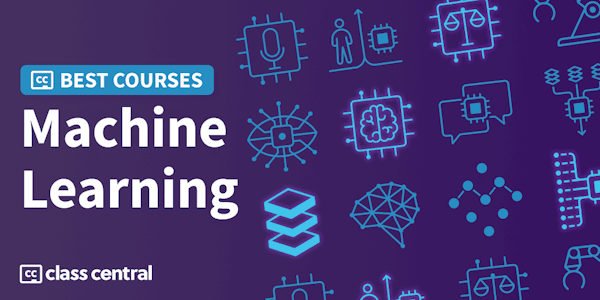Overview
Explore a Stanford seminar that delves into extending machine learning theory for human-centric applications. Discover how recent ML applications deviate from standard modeling assumptions, particularly in scenarios involving data generated by people who may attempt to manipulate system outputs or in tasks with multiple important objectives. Learn about challenges faced by employers using ML for job postings, including promoting opportunities to skilled individuals while ensuring demographic diversity, and maintaining effective fraud detection filters. Gain insights into recent research aimed at making ML methods more robust in real-world environments, addressing issues such as unfair predictions, historical data biases, and the legal implications of ML applications. Examine specific examples in driving-centric object detection and facial recognition, and understand the importance of better testing, causality, and active research in advancing human-centric ML applications.
Syllabus
Introduction
Examples of ML
Use of histories of arrests
The short answer
Better testing
Unfair predictions
Human guinea pigs
Causality
Concerns
Historical data
The legal system
The cost of mistakes
Active research
Drivingcentric object detection
Example
Hypothesis
Facial Recognition
Images
Taught by
Stanford Online


